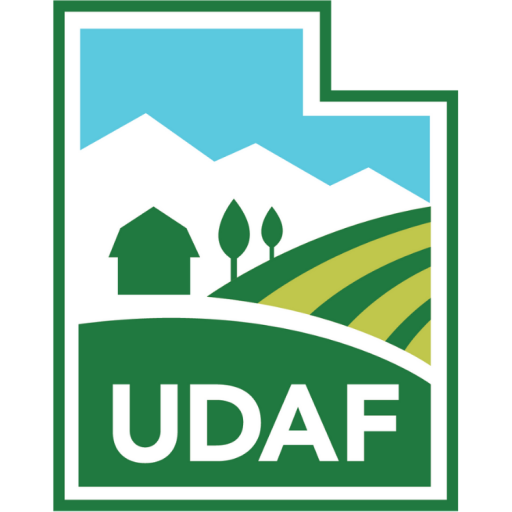In 1937, in response to large erosion events occurring around the U.S., President Franklin D. Roosevelt sent out a letter to the governors of each state, recommending that they enact the conservation district legislation. This act recommended that local conservation districts, managed by local citizens, be established around the state to oversee soil erosion control programs. These districts would help determine local needs, have direct contact with local landowners, and encourage individuals to implement practices that would reduce soil erosion on their property.
Today, the State of Utah has 38 conservation districts located around the state. These districts continue to focus on reducing soil erosion, but also address other important resource concerns such as improving water quality, improving wildlife habitat, conserving water, eradicating invasive weeds, as well as other issues that could potentially impact the natural resources in the State of Utah.
The board members of each conservation district are appointed by the Commissioner of the Department of Agriculture and Food and serve for a two-year term. Recommendations for board members are received from a committee organized by state statute.
Local conservation districts continue to prove their importance each year. Districts oversee the development of management plans that guide the implementation of natural resource projects within their district boundaries. Their ties to the community help encourage private landowners to implement projects on their property, and bring state and federal agencies to the table as partners to assist with funding and technical assistance needs. Through their hard work, local conservation districts oversee well over 100 projects annually throughout the state that help improve the natural resources within their districts.
Utah Districts
Websites for Utah Conservation Districts:





